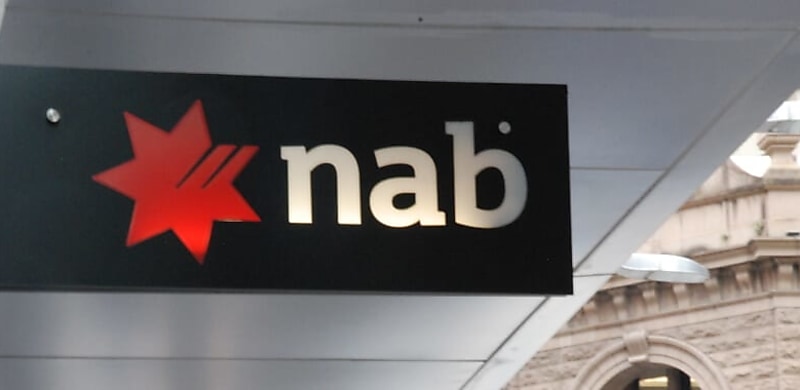
The major bank has revealed a surge in businesses using working capital lending to stock up on popular holiday gifts.
NAB’s trade and working capital lending was up 51 per cent when compared to the same period last year (November 2021), with a further 58 per cent “spike” in the use of funds in the lead-up to the festive season.
South Australia led the other states in terms of the major banks lending through trade and working capital, recording an annual increase of 300 per cent, which was followed by Queensland that recorded an increase of 70 per cent.
Michael Saadie, NAB executive for business metro, said business owners are turning to financing in order to combat continued supply chain issues, moving away from a “just in time” to a “just in case” mentality.
“We’re seeing businesses change the way they hold stock, with many choosing to hold more product to reduce shortages — if you can’t service customers immediately, you risk losing them to competitors,” Mr Saadie said.
Mr Saadie further stated that last year, Australians spent an estimated $8 billion between Black Friday and Cyber Monday, suggesting that Australians have “embraced the trend adopted from our American friends” and is now a “permanent fixture in the sales calendar”.
“This year, we’re navigating through a different economic environment, but the trend highlights the importance of having product available when and where customers want it,” Mr Saadie added.
Supply chains lead to SME alternative funding
ScotPac’s latest SME Growth Index found that there is an increasing number of Australian small and medium-sized enterprises (SMEs) that are feeling the need to seek alternative business funding help, general risk advice, and new supplier network referrals in the wake of supply chain issues.
All of the 718 SMEs engaged in the index indicated some form of supply chain disruption in the six months to September 2022.
The index saw 25 per cent of SMEs nominated a need for alternate business funding tools (such as invoice finance), 20 per cent said they needed general risk advice and guidance, and 16 per cent highlighted the need for new supplier network referrals.
The demand for alternate funding followed 75 per cent of SMEs reporting their cost base grew by an average of 15 per cent as a result of input cost rises and inflation.
[RELATED: Supply chain issues drive SME alternate funding support: ScotPac]
 Login
Login











JOIN THE DISCUSSION